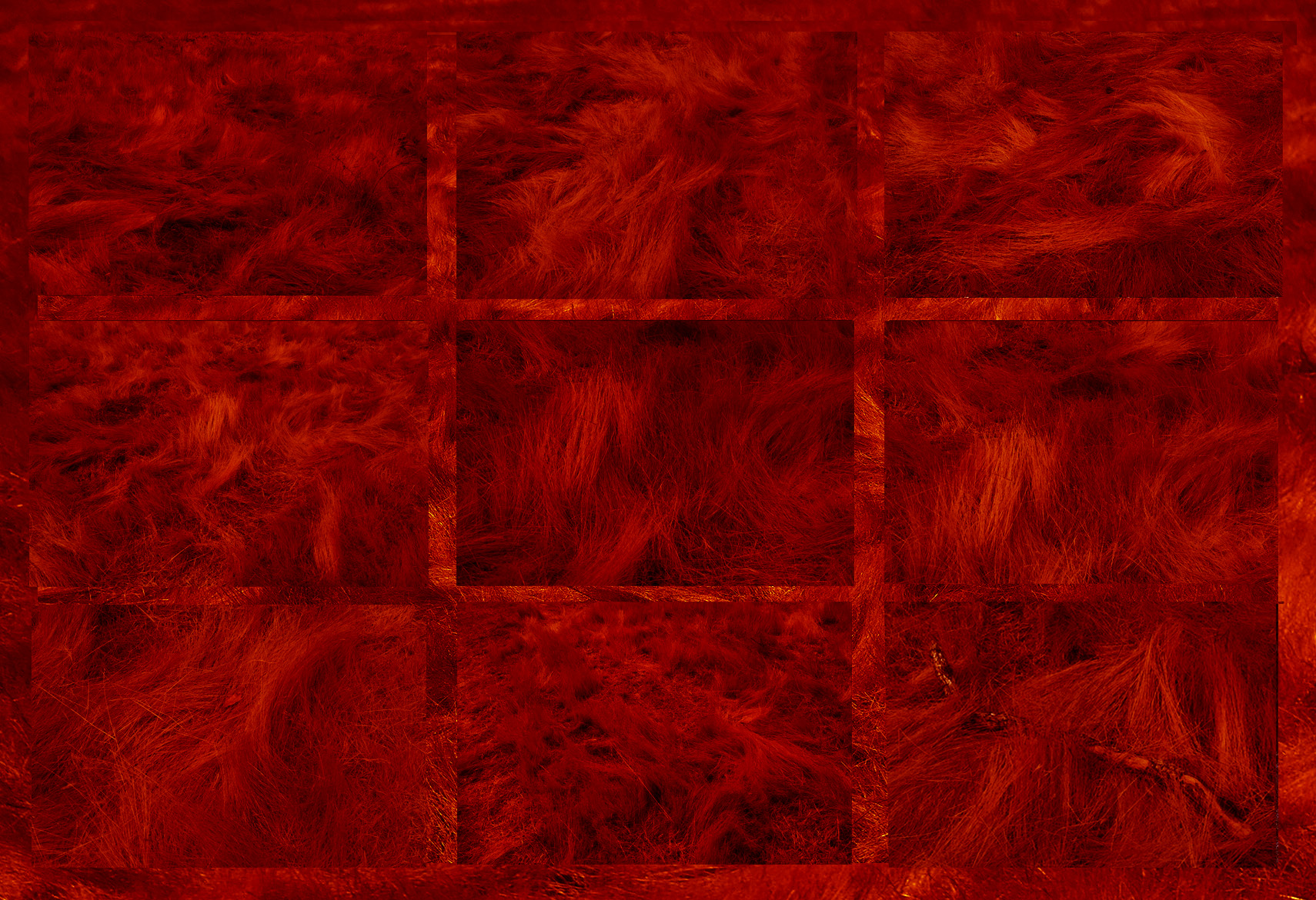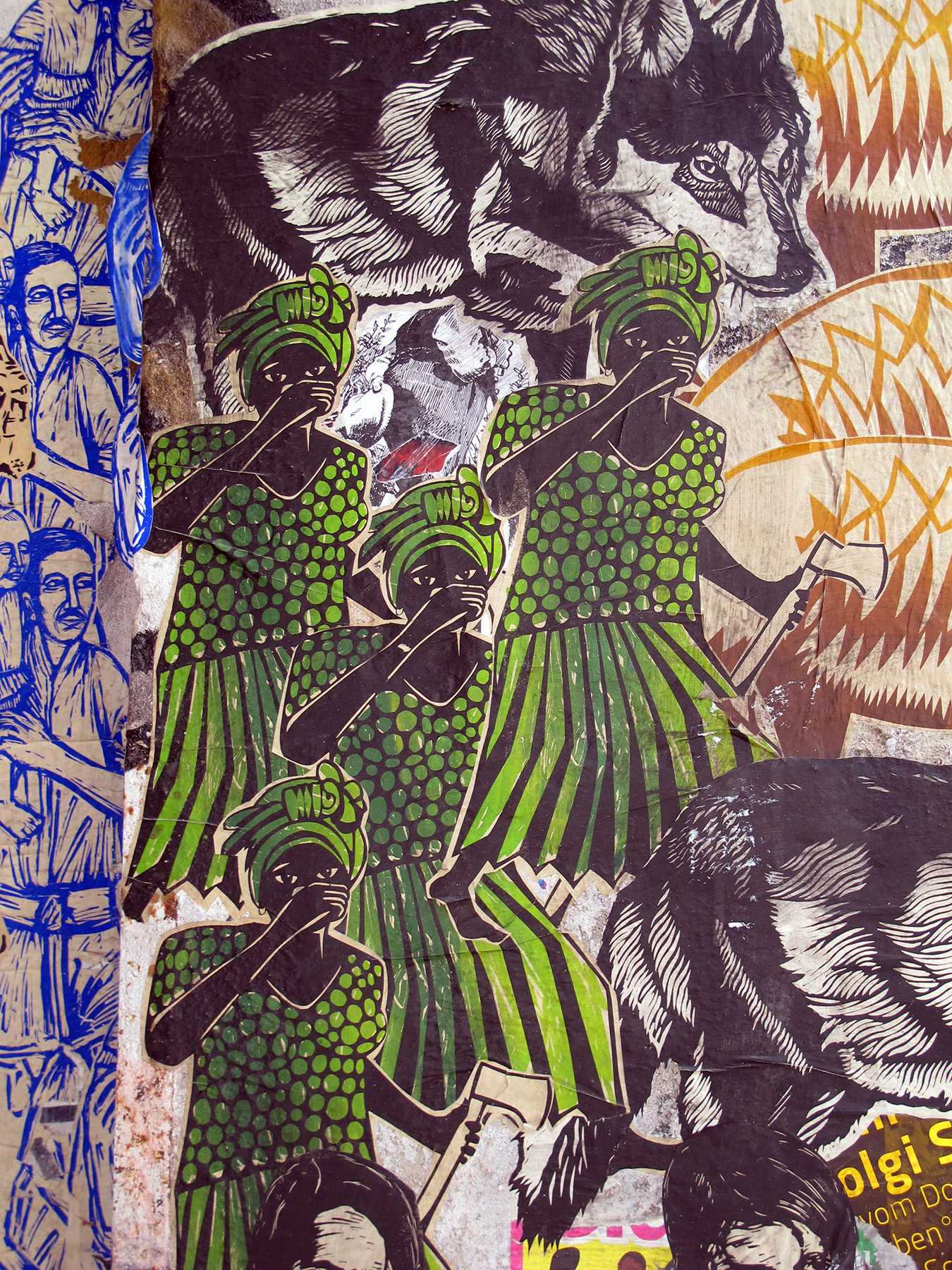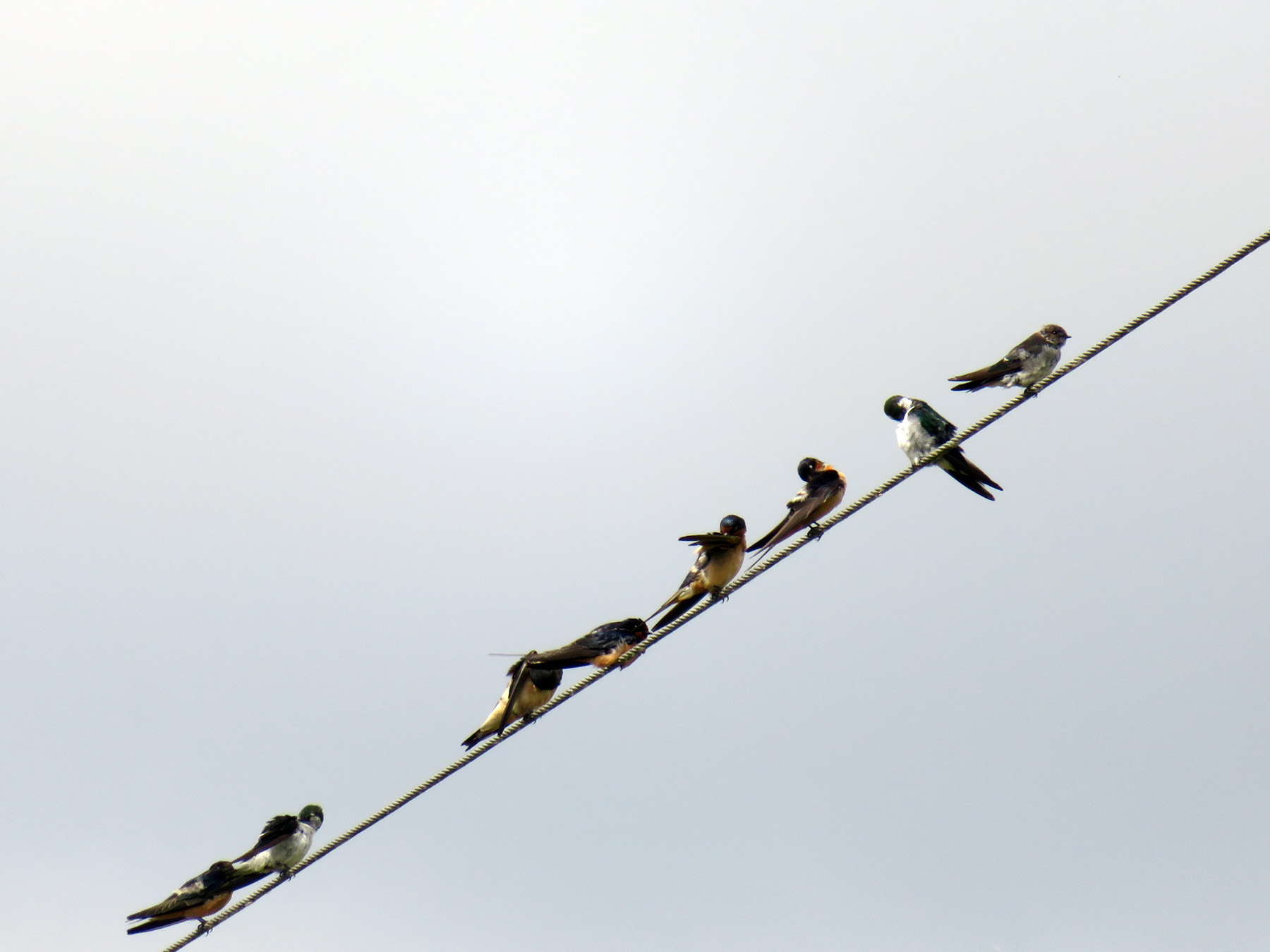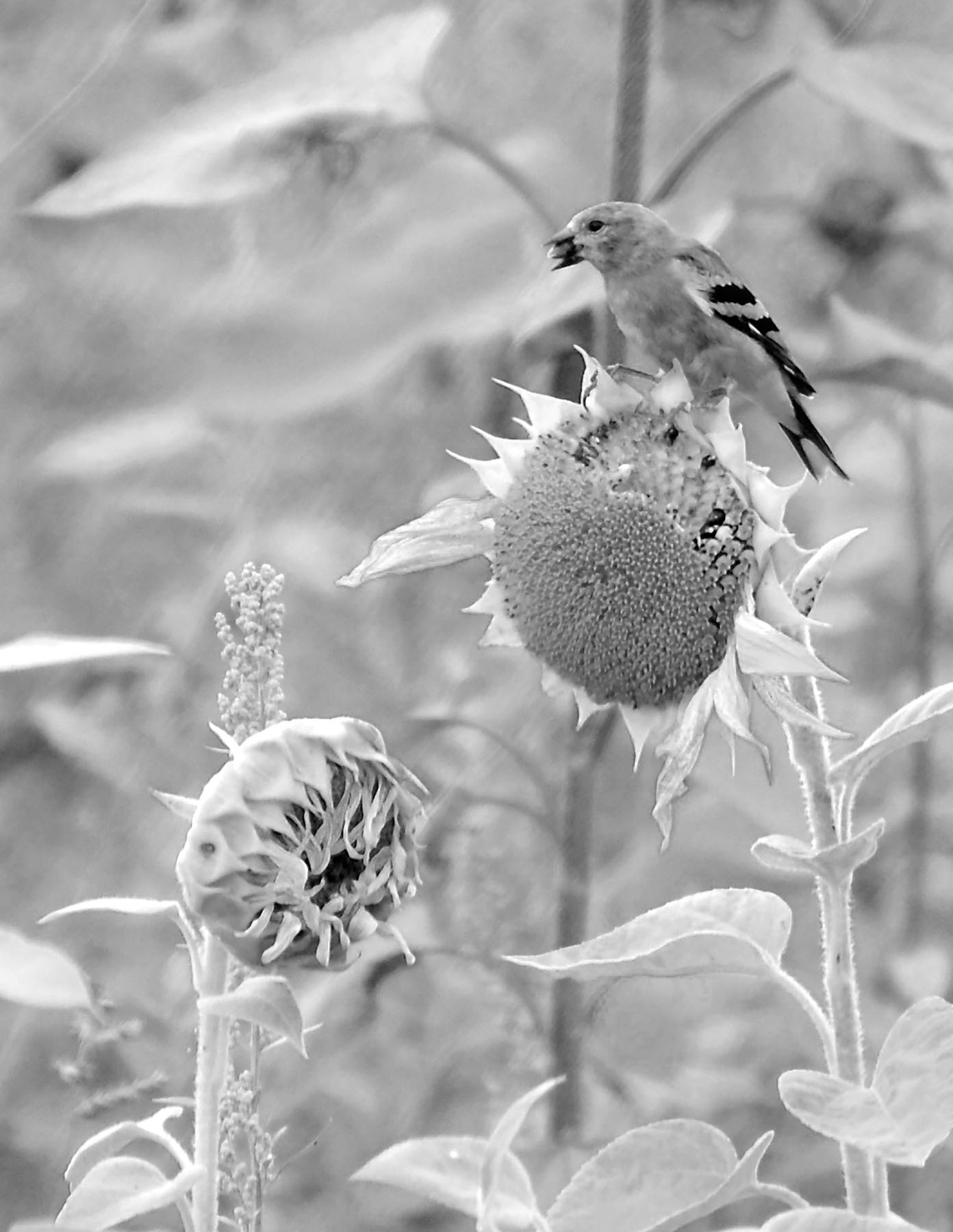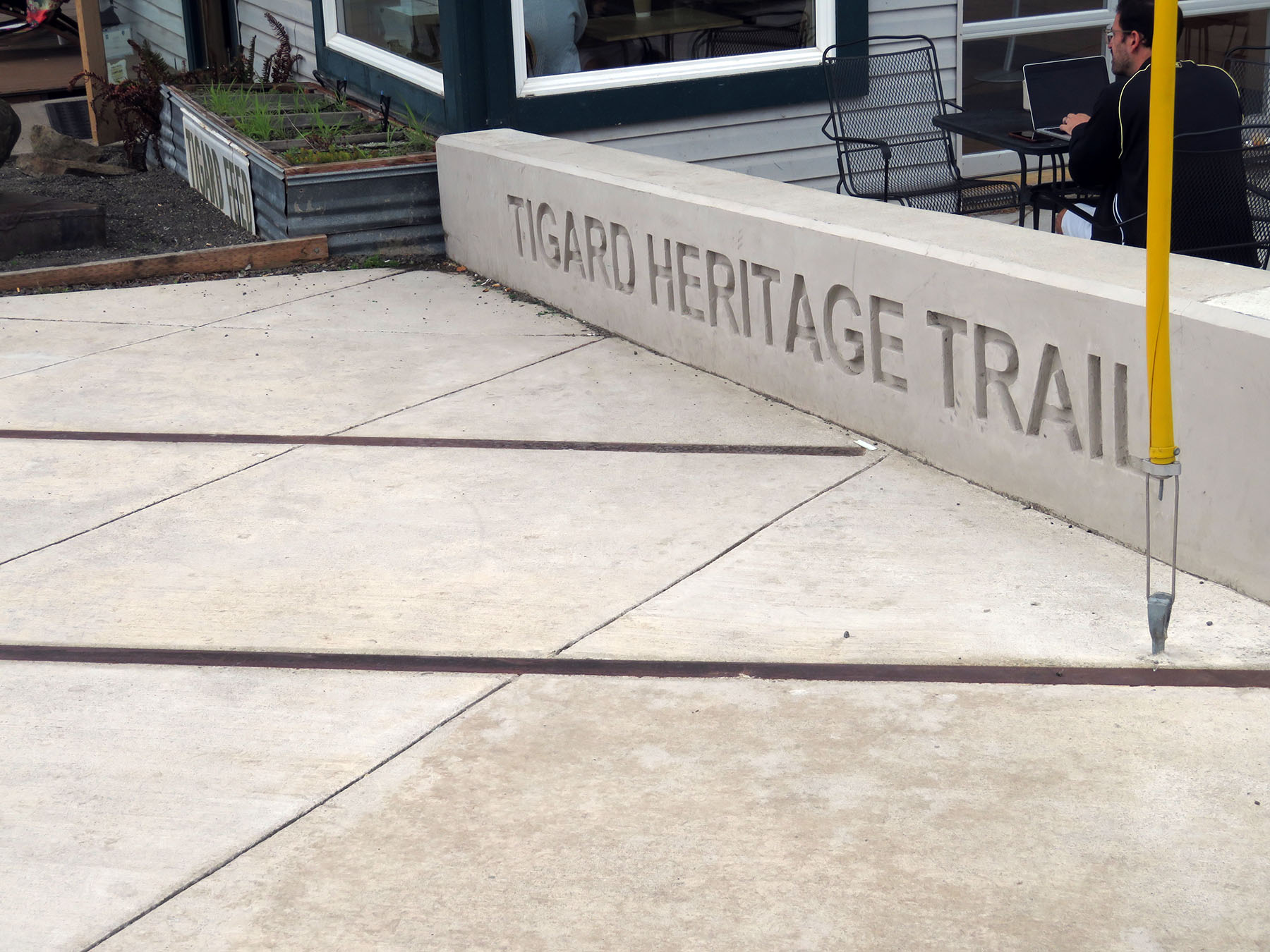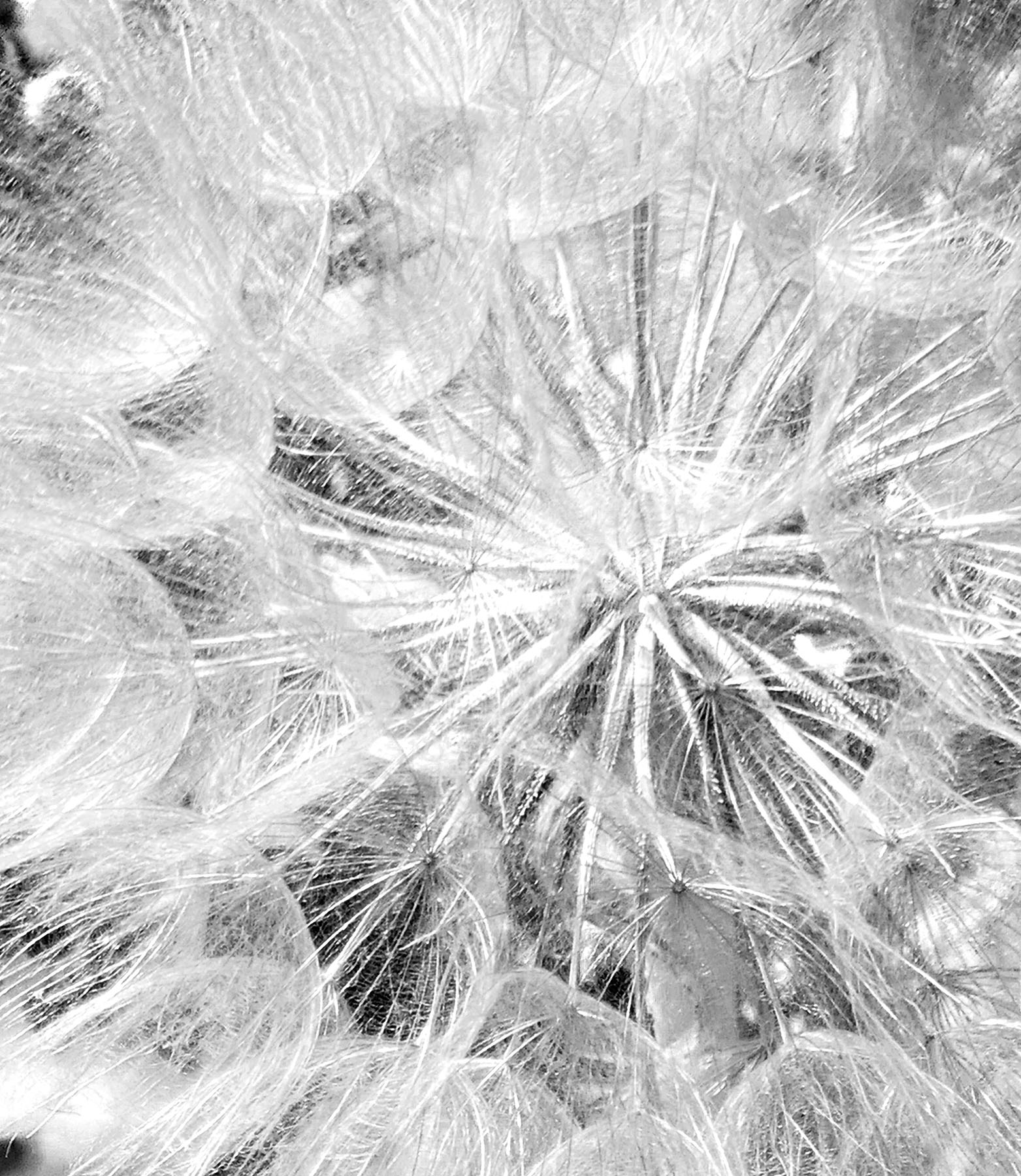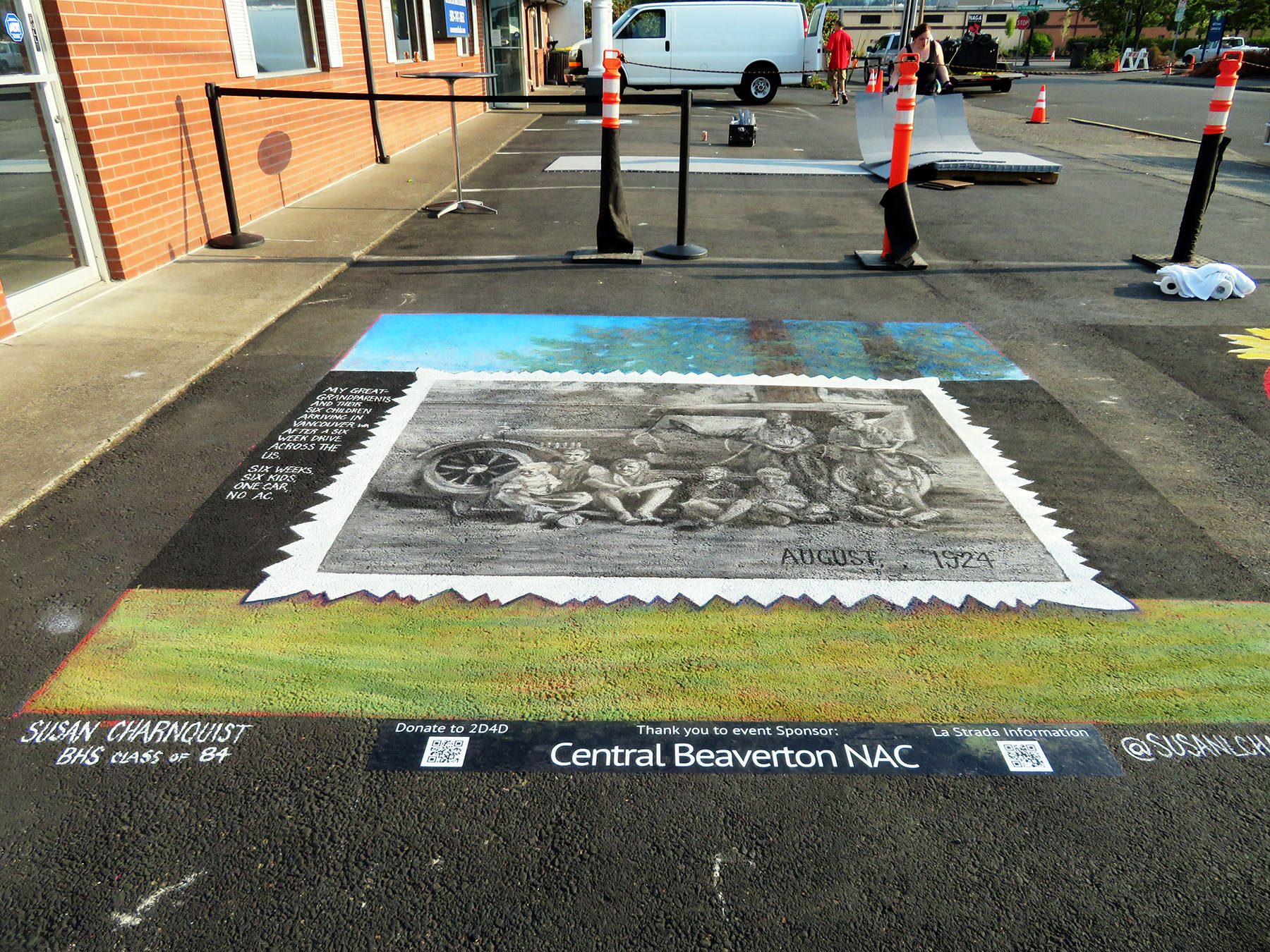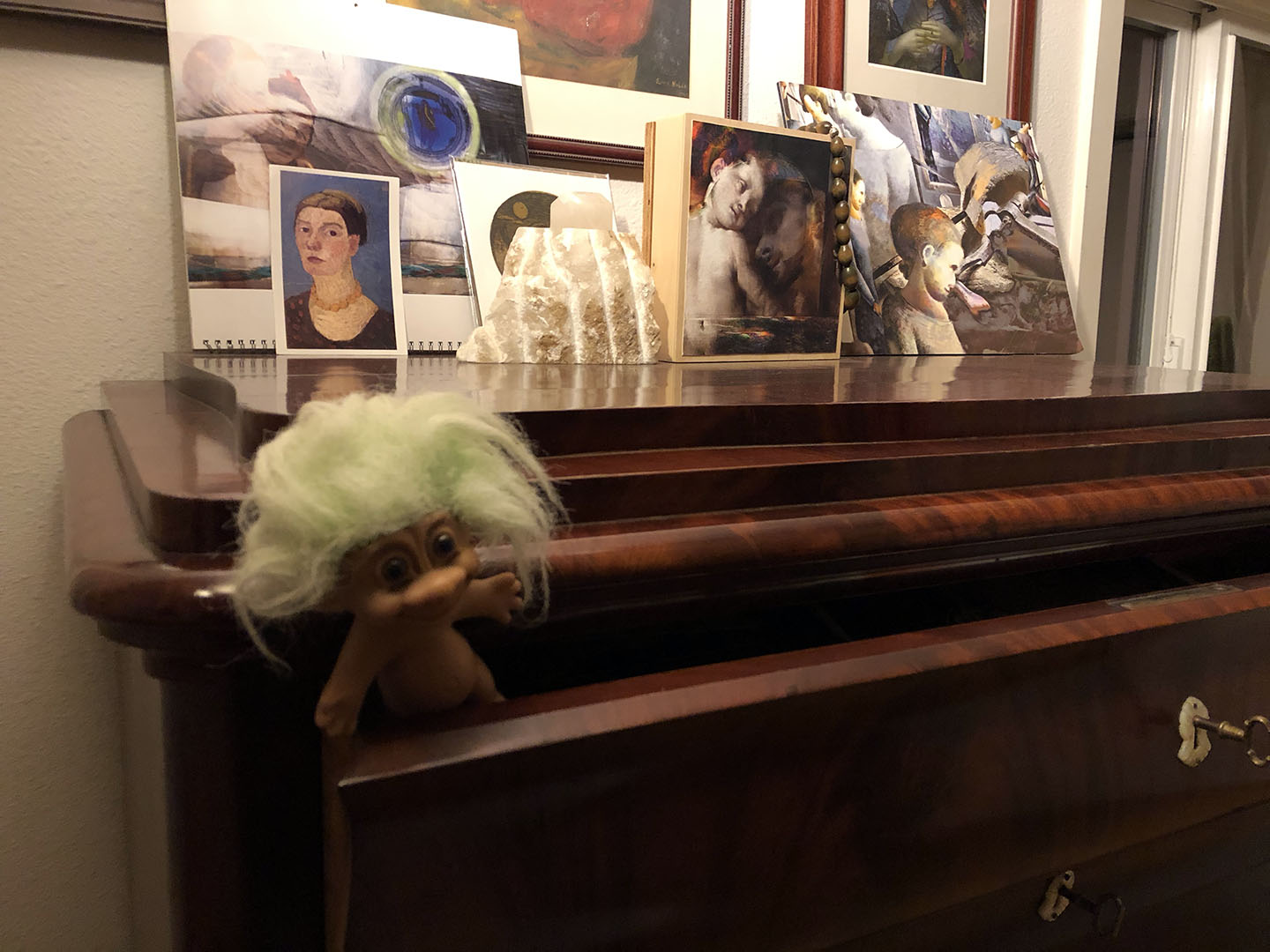I encountered the painting below a few days ago. It is currently making the rounds as a meme on social media.
It brought to mind how we interpret images when taking context into account, whether provided by cultural knowledge or extraneous narrative, including titles for the images, in this case The Irritating Gentleman.

Berthold Woltze was a German art professor at the University of Weimar and, besides portraiture, generally devoted to narrative painting in a realist style, the hallmark of art in the Victorian era. Pictures could be “read” through literary allusions, clues through historical markers (costume or props) and explanatory provisions through titles or artist statements.
In the last decade of the 1800s something shifted. Paintings started to be more ambiguous, open to interpretation and they turned to subjects that dealt with issues arising with modernity: the role of women, gender conflict, sexuality and power hierarchies. Textual references were gone, and no clue provided – the audience had to figure out what the depicted dramatic scenes implied.
The genre of Problem Picture had arrived and it took off like wildfire. Art once reserved for an educated elite familiar with the literary canon, was now open to the middle- and even working class. Anyone could guess what seemed to be going on in an ambiguous painting with no references and the press, including publications that reached the masses and produced broadsheets that shifted a focus on art to a focus on entertainment, helped with dissemination. Which is one of the reasons, most likely, that this genre was soon dismissed or even ridiculed by “serious” artists and art critics, who all bent towards a new modern aesthetic of how art made you feel, rather than what a painting meant, and who cherished exclusivity, not the chatter of the masses.
Here is just one example of the shift from defined narrative to ambiguity (it and much of today’s summary were learned from Pamela Fletcher‘s Narrating Modernity: The British Problem Picture 1895 – 1914.)
The two paintings below, by the same painter, some 18 years apart, have similar set-ups. Legal authorities and a vulnerable witness/defendant, separated by a table. The early ones gives tons of clues: the dress reveals that the Puritans try to hunt down a family member of a royalist family, the title implies it’s the father, during the Civil War. The anxious look on the mother’s face betrays her fear that the boy might reveal her husband’s where-abouts and the larger-than-life central soldier spells the real danger should Dad be caught.


All is ambiguous in the later painting. What did the woman do? What will be her fate? Is counsel on her side, or are they part of the interrogation? Is her expression interpretable? Why are women dragged into court – immediate thoughts of risqué matters were triggered and fed into the social discourse around changes in morality. Did she harm her husband? Betray him? Is one of them pursuing divorce? Is she accused of prostitution? Is it a matter of surreptitiously obtained inheritance?
Here are further examples of these kind of paintings.

Is she coming or leaving, telling them off or being told off? Is the size of the shadow an indication of the parents’ wrath? What do the daughter’s rich clothes imply? Is she impervious, proud or defiant?

Who is the soldier in the mirror going to choose? What does the co-existence of these females roles imply? How would a female audience react, compared to males?
Problem Pictures became a kind of social practice where artists, audiences and the press interacted, with public conversations about possible interpretations providing space for a discussion of changing gender roles and expectations. Art for all, a seedbed for progress.
Back to our irritating gentleman, though.

The painting was done too early to be counted as a true Problem Picture, although it is currently bandied about as one. The title provides some focus but there is indeed room for interpretation. Here is a very young girl, mourning dress indicating bereavement, sitting in a train compartment, being chatted up by an uninvited guy behind her, despite her tears, bystander pointedly not getting involved. Has she lost her parents and needs to leave home to seek employment as a maid or some such? Is the guy comforting her or capitalizing on her vulnerability? Simple cat call or obscene pursuit?
Some ambiguity, but centered on the dude. Here’s the crux, though: the original title given to the painting by Woltze was Ins feindliche Leben (Into the hostile life.) It was changed only after the painting came onto the market, most likely by the art dealer. The new title The irritating Gentleman shifts the perspective towards the obnoxious caller (a bad apple, a tasteless individual) away from the original title’s focus on a young girl being exposed to a world that will from now on harass her on many occasions, exploit her or even harm her. Into the hostile life is also a line, memorized by about every German school child certainly in 1876, from Friedrich Schiller’s seminal 1798 poem Song of the Bell which depicts gender roles in specificity, with the male having to move into hostile life, scrape and compete, and fight and females deserving the sheltering cocoon of a household and male protection.
The man must go out
In hostile life living,
Be working and striving
And planting and making,
Be scheming and taking,
Through hazard and daring,
His fortune ensnaring.
Der Mann muß hinaus
Ins feindliche Leben,
Muss wirken und streben
Und pflanzen und schaffen,
Erlisten, erraffen,
Muss wetten und wagen,
Das Glück zu erjagen.
Clearly, then, these definite titles (one with the typical literary allusion) make us look at the painting in different ways, from an early context of the plight of the poor and orphaned in a cold-hearted, misogynistic world, to the later context of an annoying bloke who might or might not be representative of his sex. To be a true Problem Picture, the title should have been something like The Train Compartment which would have allowed us to disambiguate the whole thing ourselves. Would have loved to eavesdrop on that public discussion! Would there be sufficient irritation to rebel against the omnipresent female harassment implied by the painting?
Can today’s photographs, on a completely different topic, be disambiguated? I’ll leave you no titles….





Music by a German composer who is not very well known, Hans Pfitzner (1869 – 1949). Narrative enough to complement today’s musings.

